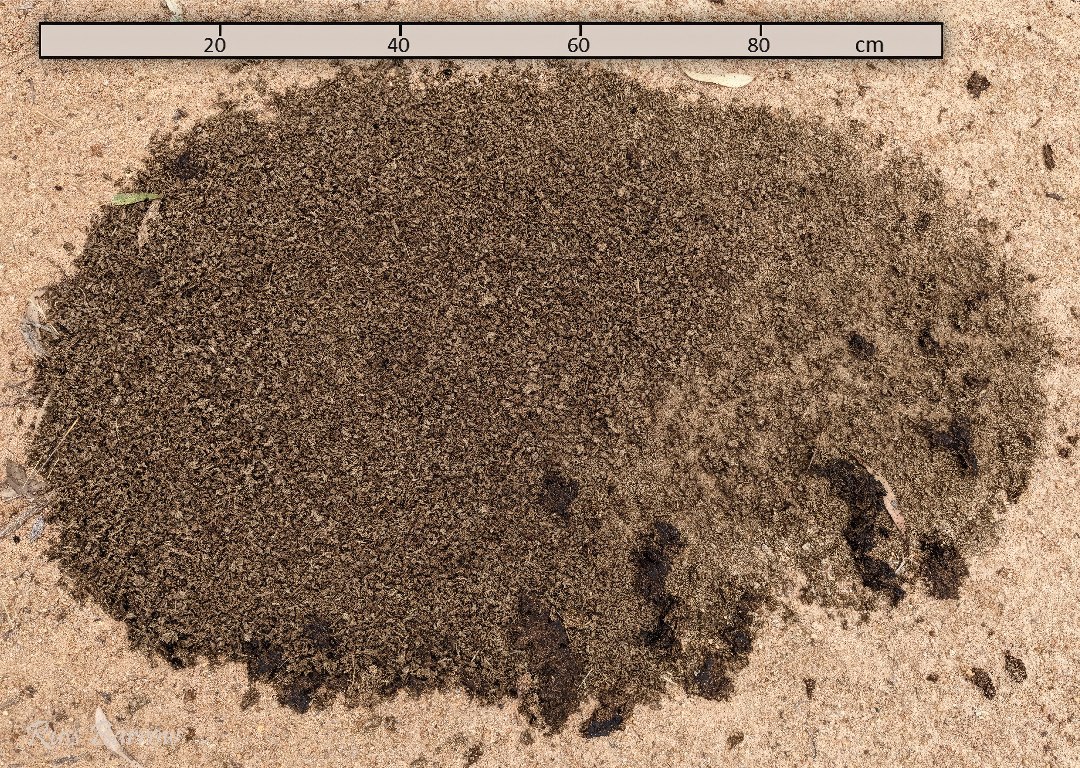Frequently Asked Questions
Have any questions about dung beetles? We may have the answer!
Beetles with benefits
We’ve put together answers to some commonly asked questions
How do dung beetles prevent fly infestations in paddocks?
Many of the dung beetles bury dung and all of them process it for food for both themselves and their progeny. This is important for managing flies and parasites. Unprocessed dung provides bush flies and parasites with an ideal breeding environment. Dung beetles move the dung around and leave behind dry fragments of dung which are less suitable for the growth of maggots as well as the parasites that infect sheep and cows’ gastrointestinal tract.

What are dung beetles?
Nearly all dung beetles are scarab beetles that feed on dung and are members of the family Scarabaeidae. The one exception is Geotrupes spiniger, also known as the blue bomber which belongs in the family Geotrupidae. Regardless of the family or species, these ecosystem engineers can bury large amounts of dung every day, which has many benefits for both producers and the environment.
How do dung beetles help pastures?
Unburied dung can take months to break down. Cattle and sheep deposit nearly 800 million kg of dung each day onto the landscape, that’s nearly 300 million tonnes a year, which means much of the pasture surface could be fouled and not be suitably grazed. By processing livestock dung, the beetles can improve soil quality, reduce water runoff, inhibit bushflies and livestock parasite populations, sequester carbon, reduce greenhouse gas emissions, and improve pasture growth.
Imported dung beetles have been shown to increase pasture growth in southern Australian properties by 27% over two years.
Where do dung beetles go between seasons?
Underground! Adult beetles mate and lay eggs in the dung balls they make and bury. These are called “brood balls”. At the end of the season, some of the adult beetles die, while others retreat underground and wait out the seasons until the calendar comes around to their time again. Inside a brood ball the egg turns into a larva and then a pupa.
The process (holometabolism) is exactly the same as the familiar lifecycle of a butterfly which involves egg, larva, pupa and adult. When mature, they emerge to the surface as an adult dung beetle, they don’t grow any bigger as adults, and the process starts again. Different species are active during different seasons. In the warmer northern climates, we often find summer beetles active, albeit less active, throughout the year.
What beetles do I have on my property?
We’d like to know that too! If interested, visit the ID My Beetle page and answer some quick questions and we might be able to identify the beetle on your property. You are encouraged to send us photos or even dried-out dead beetles.
We will identify them and add the data to the iNaturalist database. That way you will be contributing to a national program of mapping species diversity.
Where can I get beetles?
Dung beetles are available to distribute on farms right now! Contact us, so we can pair you with the right species for your requirements.
Where are the beetles being released?
Wherever you need them. After consulting with you, release sites will be chosen based on the best conditions for each beetle species focussing on increasing both diversity and abundance. The aim is to get the dung beetles to deliver the optimum ecosystem services on your property.
How long does it take for beetles to be effective?
The effectiveness of dung burial depends on the species and the location. In flood or drought-impacted areas where beetle populations have been wiped out, it will take several years after beetle populations are released to recognise the benefits. The more you release the faster the populations will recover and once established the beetles can make it difficult to find fresh dung in your paddocks as it will be processed so rapidly.

I already have dung beetles. Do I have enough?
A question we often get. Most properties we visit don’t have sufficient species to give year-round dung processing capacity. Winter active species are available for many parts of southern and eastern Australia but are a long way from being abundant throughout their potential geographic ranges. If you see a lot of dung in your paddocks then you don’t have enough dung beetles. Another way to tell is by looking at the pattern of pasture growth. If you have rings of repugnance, areas close to cattle dung pats that aren’t grazed, then the dung isn’t being processed rapidly enough because you don’t have enough dung beetles. If you recognise either of these situations give us a call.




